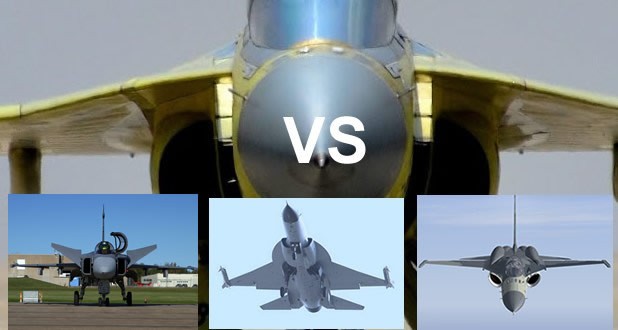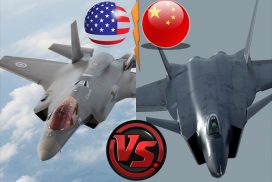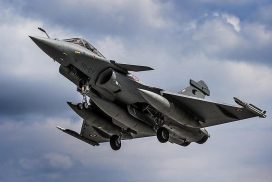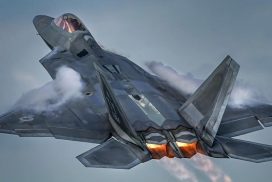India’s much awaited supersonic fighter jet, Light Combat Aircraft (LCA) Tejas is country’s second indigenous built light combat aircraft and its induction has highlighted India’s defence aviation and self sufficiency capabilities to the world. We have to wait and watch if LCA TEJAS matches other multirole fighters like Gripen, JF-17 and F-CK-1. So lets go ahead and compare the features of LCA TEJAS with the rest.
Lets start with the LCA TEJAS which is a single-seat, single-engine, lightweight, high-agility supersonic fighter aircraft. The LCA TEJAS can speed upto Mach 1.4 and is capable of carrying assorted weapon load along with dropping tanks up to four tons. It has some of the latest avionics and digital flight control systems. The Tejas, presently is powered by American General Electric Engine. The HAL TEJAS is designed with a single vertical fin with no tailplanes or foreplanes and has a delta wing configuration.
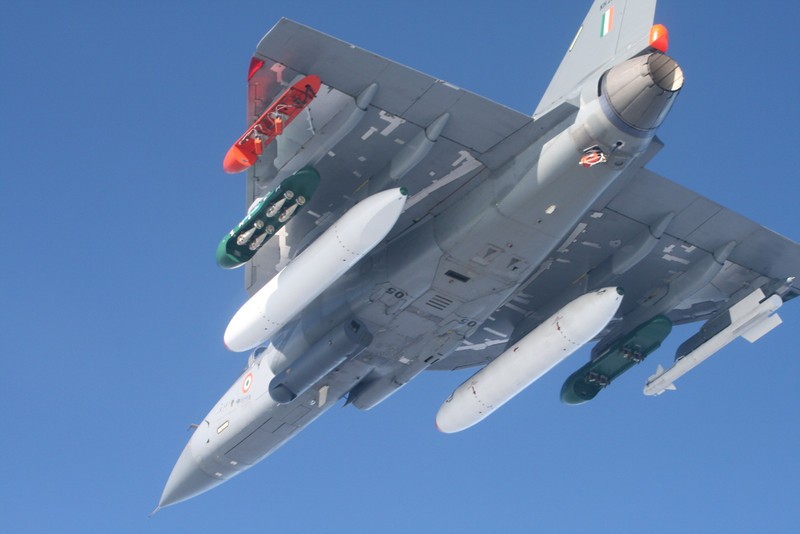
The HAL TEJAS integrates modern design concepts and state-of-art technologies such as fly-by-wire Flight Control System, Advanced Digital Cockpit, Multi-Mode Radar, Integrated Digital Avionics System and a Flat Rated Engine.Other salient features of TEJAS include short takeoff and landing, excellent flight performance, safety, reliability and maintainability.
The aircraft is also fitted with a night vision compatible glass cockpit with Martin Baker (UK) zero-zero ejection seats. The aircraft’s electronic warfare suite, developed by the Advanced Systems Integration and Evaluation Organisation (ASIEO) of Bangalore, includes a radar warning receiver and jammer, laser warner, missile approach warner, and chaff and flare dispenser. The LCA’s design has been configured to match the demands of modern combat scenario such as speed, acceleration, maneuverability and agility.

The next aicraft we will be talking about is Gripen which is a lightweight single engine multirole fighter aircraft manufactured by the Swedish aerospace company Saab.The new Gripen NG (Next Generation) will have many new parts and will be powered by the General Electric F414G, a development of the F/A-18E/F Super Hornet’s engine. As compared to LCA TEJAS , the Gripen will have a supercruise speed of Mach 1.1. The combination of delta wing and canards gives the Gripen significantly better takeoff , landing performance and flying characteristics. It also has a built-in electronic warfare unit, making it possible to load more ordnance onto the aircraft without losing self defence capabilities.
The Gripen uses the modern PS-05/A pulse-doppler X-band radar, developed by Ericsson and GEC-Marconi. The radar is capable of detecting, locating, identifying and automatically tracking multiple targets in the upper and lower spheres, on the ground and sea or in the air, in all weather conditions.One interesting feature is the Gripen’s ability to take off and land on public roads, which was part of Sweden’s war defence strategy.
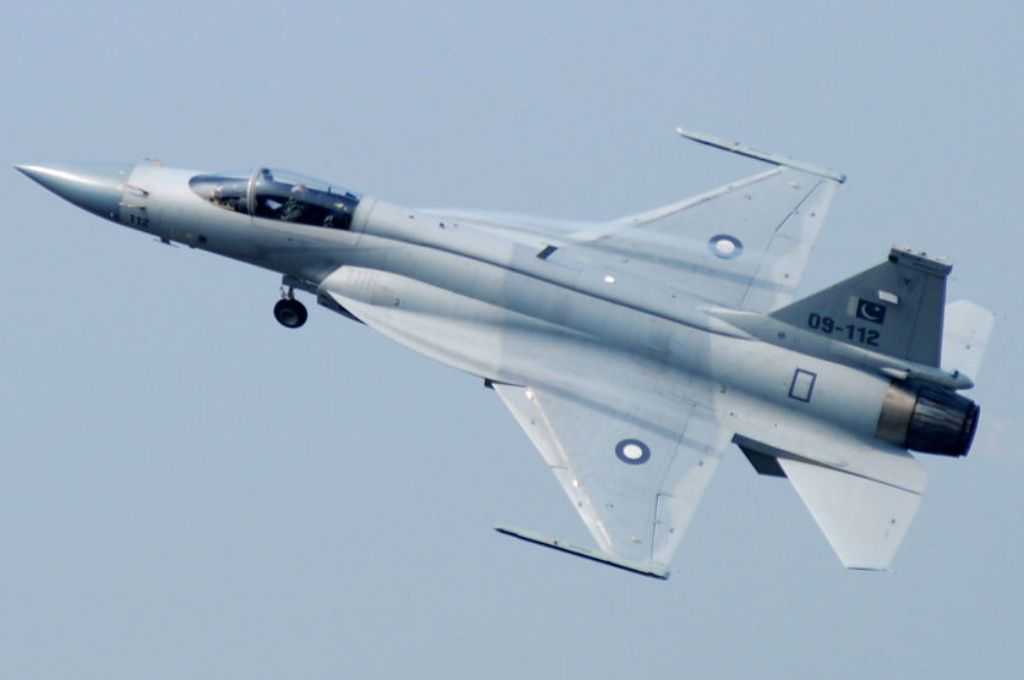
Next , we will talk about is JF-17 Thunder, also known as Chengdu FC-1. It is a single-engine, light-weight multi-role combat aircraft developed jointly by the Chengdu Aircraft Industries Corporation (CAC) of China, the Pakistan Air Force and the Pakistan Aeronautical Complex (PAC).
The JF-17 airframe is of semi-monocoque structure and its airframe is designed for a service life of 4,000 flight hours, or 25 years.The aircraft has a composite flight control system (FCS), comprising conventional controls with stability augmentation in the yaw and roll axis and a digital fly-by-wire (FBW) system in the pitch axis. The JF-17 is powered by a single Russian Klimov RD-93 turbofan engine, which is a variant of the RD-33 engine used on the Mig-29 fighter.JF-17 can be armed with up to 3,629 kg (8,000 lb) of air-to-air and air-to-ground ordnance.
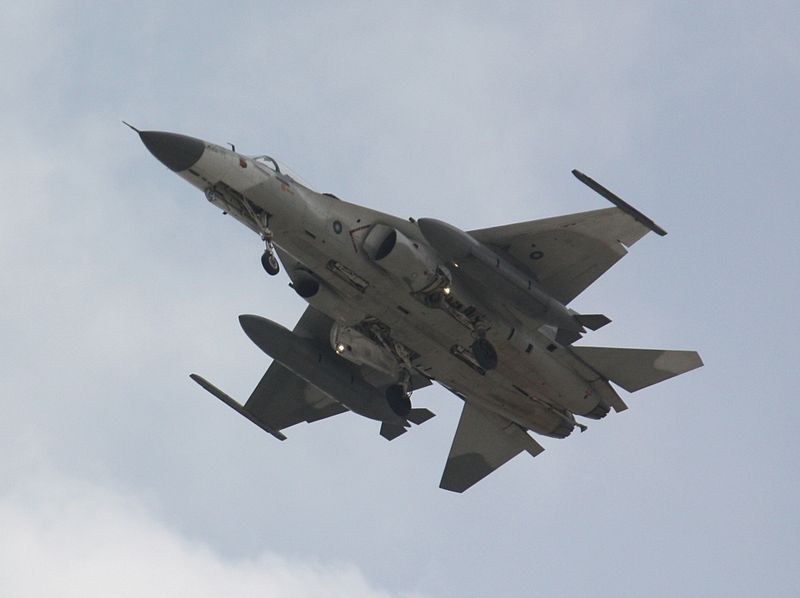
Finally let us talk about F-CK-1 Ching-kuo, commonly known as the Indigenous Defence Fighter (IDF). The IDF jet fighter project was designed and built by the Aerospace Industrial Development Corporation (AIDC) based in Taichung, Taiwan, with assistance from American defense corporations.
The IDF is equipped with a GD-53 Golden Dragon multi-mode monopulse Pulse-Doppler radar, which is based on the General Electric AN/APG-67 X band. The radar can simultaneously track 10 targets and engage two of the 10 targets tracked with TC-2 active radar seeker BVRAAMs. After the F-CK-1 Ching-kuo basic variant was finalized, the next step involved an upgrade with systems improvement, new technologies, and adjustments of material and weight.
It would be interesting to see how the LCA Tejas will compete with these three aircrafts over a period of time. The induction of LCA Tejas into the IAF has launched India into an exclusive club of nations that include the US, Russia, France and Britain that can produce combat aircrafts. Do you think LCA Tejas is a better match than GRIPEN , JF-17 or F-CK-1 Ching-kuo? Let us know in the comments.

